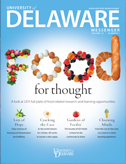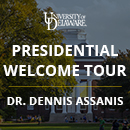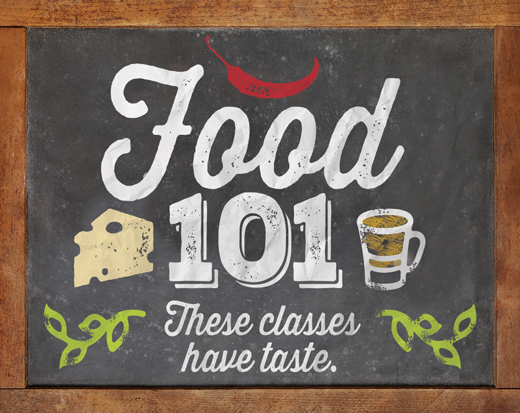
OUR STUDENTS | We all crave food, but what do we really know about it?
Do we realize that food has been wielded as a political weapon for centuries? Do we see that, in food, there is also a whole world of knowledge to be learned, and many potential career paths to be pursued?
At UD, a longstanding recognition of food’s power and promise has inspired dozens of courses that take students on revelatory journeys through the science, the philosophy and even the fun inherent in life’s most crave-worthy commodity. Here’s a sampling of what they find:
Food Geographies and Food Justice (GEOG 430/630)

Throughout humankind’s history, the seemingly straightforward dynamic of food production and consumption has proved to be anything but. Depending on who you are, where you live and the government you have, access to food can be an uncertain right, subject to the whims of economics, politics and prejudice, and resulting in endless tales of unequal access to food and agricultural resources. Geography Prof. Lindsay Naylor adds a realistic edge by asking her students to study food equity issues in their community.
Farm to Table (PLSC 267)
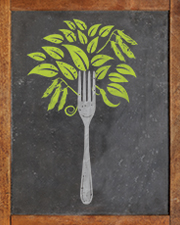
Looking around at modern society, and speaking to her students, Sue Barton realized that many people have no idea where their food comes from—or what a struggle it is for many Americans to afford it. So the associate professor in the Department of Plant and Soil Sciences launched her “Farm to Table” class in part to reconnect students to the farms and farmers—and the distribution network—that make it all happen. “They learn some of the policies of the U.S. that work against equitable food distribution. Most people don’t know that people in America go hungry or end up with access to only unhealthy foods.”
Spice Kitchen (BHAN 130)
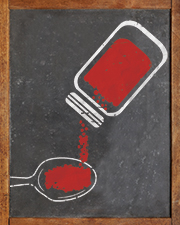
Did you know that cinnamon has the power to control blood sugar levels? Or that cloves are germ-fighting warriors? In Spice Kitchen, students learn to enlist these natural allies in a quest for flavor and health. “While registered dietitians are well aware of the need to reduce dietary sodium, they’re not necessarily culinary connoisseurs,” says the course’s creator, Marie Kuczmarski, professor in the Department of Behavioral Health and Nutrition. “I think it’s important that we not only advise people to cut back on salt but also provide them with specific ways to do that without sacrificing taste.”
ELI Kitchen Class
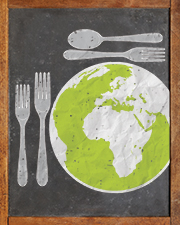
Far from home and faced with an unfamiliar culture, many of UD’s international students rely on the English Language Institute (ELI) to give them a crash course on language and lifestyles, including grammar, games, women’s issues—and even dining etiquette. Appropriately taught in the home of ELI’s “resident chef” Nancy Turner, the course takes students through the tableside peculiarities of their new home, and even helps them cook up their own American classics. By the end, some students consider Turner their "American mom.”
Food Science Capstone (ANFS 411)
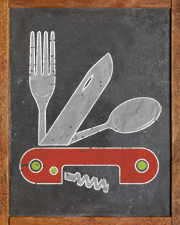
It’s one thing to learn about food. It’s quite another to invent an entirely new food product. In Prof. Rolf Joerger’s course, teams of seniors must tackle the hands-on, multidisciplinary challenges of creating, producing, packaging, marketing and customer-testing entirely new treats, which have ranged from alcohol-flavored (but non-alcoholic) candy to edible tape—meant to hold together burritos that are typically prone to messy breakdowns.
